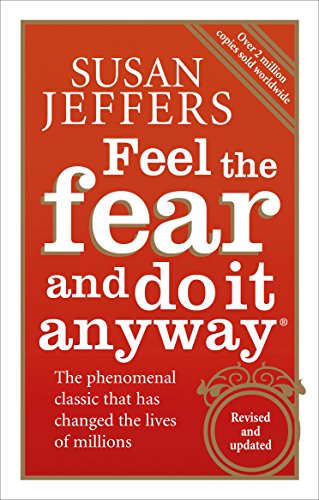This is my latest post on our POLITE system.
Emotional state control is paramount when someone is being difficult or aggressive with you. With good self state control you have direct access to your own skill set – if you are not controlling your state, you will forget your skills. The X-Factor TV Show is a good example of this when contestants forget the words to songs they are supposed to be singing. This is simply a lack of state of control and it can be the difference between Rafael Nadal and just a good tennis player.
You could be the most effective communicator in the world but if you can’t handle your emotional state everything is going to disappear quickly in a conflict situation. So all of your skills will dissipate and they won’t be available to you. To be honest there are many ways to practice emotional state control, the first is the traditional method and the second is borrowed from NLP and a much more pioneering style.
One traditional method for practice is through exposure therapy as explained by Susan Jeffers in her excellent book Feel The Fear and Do It Anyway and also in Geoff Thompson’s book which is Fear the Friend of Exceptional People. They both teach you how to learn how to handle your fears.
Susan suggests you draw a fear pyramid with your biggest fear at the top and your least fear at the bottom. Fear is anything which gets your adrenaline pumping and the idea is you gradually expose yourself to it, so you go through your discomfort zones bit by bit and your body gets used to it. You are then more likely to get used to adrenaline being in your bloodstream and you can still use your skills.
You start at the bottom and work your way up through your fears. You should do something everyday that frightens you? The real growth is in the pain. Once you stretch yourself there is no going back, you will have expanded your mind. So when a huge amount of adrenaline comes to you in a conflict situation you will be more likely to handle it, this is why the parachute regiment go parachuting – practice makes perfect. They are basically mimicking the feeling they get when going into a war zone. The British army is very good at this – The Killing House is all about exposure therapy.
A more recent method is from NLP and is called Anchoring, based on Pavlov theory. You can anchor an emotional state by using one of your visual, auditory or kinaesthetic cues. For instance, playing a certain type of music that makes you feel a certain way is an example of an auditory anchor. Many performers use this before they go out and present.
If you are clever you can stack anchors to make it a really powerful exercise. All you need to do is think about a time when you felt good, the emotional state you were in, the confidence, control and calmness you felt. When you are in a tough situation, try laughing about it rather than being too serious. You can do this by thinking about a time when something was really funny and when your in that state again – that’s when you play your music to create an anchor.
You could also look at a picture of yourself, picture yourself back in the mood, so you stack these anchors. This is what the true top performers do such as Usain Bolt, if you have ever seen him larking about before a race you will know what I mean.
Remember you are only born with two fears:
- The fear of falling
- A fear of loud noises which are both survival instances
So what you learn, you can unlearn.
If you can control your emotional state in a conflict situation then you are well on your way to having the X-Factor.
This is an introduction to emotional state, and because it’s such a big topic we will cover it again on the blog in more detail at some point.
Recent Comments